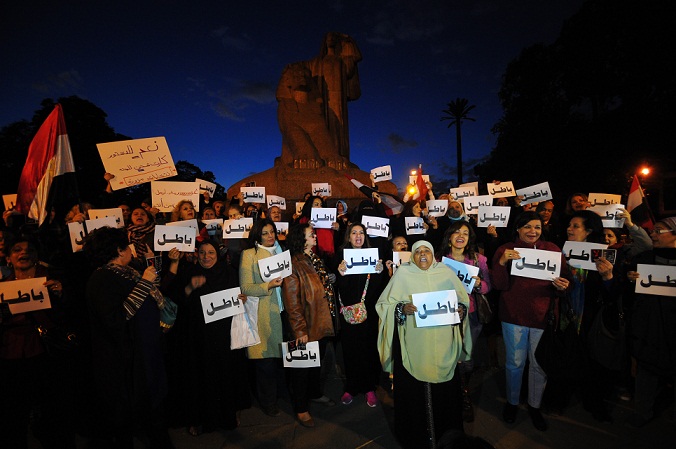
Egypt is often credited with the birth of civilization. The Ancients invented the written language, papyrus, door-locks and even toothpaste. Of course their greatest contribution, and perhaps the most ingenious feat ever accomplished in history, is the Great Pyramids of Giza. What is most stunning, however, is how inexhaustible the breadth of the Ancient’s work seems to be. Temples and tombs are constantly being discovered – this week alone has seen the excavation of 4 different sites.
The First
An ancient reproduction of the mythical Tomb of Osiris has been discovered in the necropolis of Sheikh Abd El-Qurna on the West Bank at Thebes. The Spanish-Italian archaeological team, along with the Ministry of Antiquities made the discovery.
The site resembles the tomb of Osiris as described by Ancient Egyptian mythology. Essentially, it is a smaller version of Osireion, the symbolic tomb built by Pharaoh Seti I in Abydos, Luxor.
Researchers discovered a carving of Osiris and a room with a wall depicting a demon holding two knives. The symbolism is very evident in the tomb according to Luxor Times Magazine which describes the
Based on other tombs that contain comparable Osirian artifacts researchers are able to date the newly discovered tomb back to the 25th or 26th dynasty, 760-656 BCE and 672-525 BCE respectively.
A tomb was discovered in the area of Abu Sir, south-west of Cairo. The burial place is believed to belong to either the wife or mother of Pharaoh Neferefre who ruled 4,500 years ago.
The tomb which was discovered in Pharaoh Neferefre’s funeral complex is said to have the name Kentakawess inscribed on the wall in the newly discovered necropolis, the BBC reported Egyptian Antiquities Minister Mandouh El-Damaty as saying.
El-Damaty goes on to say that it would have made her Khentakawess III.
Miroslav Barta, head of the Czech Institute of Egyptology, which made the discovery, says the location of the tomb to Pharaoh Neferfre resting place is what makes them believe that she was his wife.

(AFP File photo)
The Third
An Egyptian who goes by the name “Nagy” was illegally digging in his backyard when he discovered a tunnel that leads to the Pyramid of Khufu, also known as the Great Pyramid of Giza according to state-run newspaper Al-Ahram.
Nagy dug about 10 metres beneath his home and stumbled upon a passageway made up of stone blocks.
Upon discovering the passageway Nagy contacted the Egyptian Ministry of Antiquities which sent a team of archaeologists. The team confirmed that the corridor is in fact a tunnel which leads to the Great Pyramid.
Herodotus’ wrote about the tunnel in his “Histories” after he visited Egypt in the 5th century BCE. He writes that he saw an enclosed tunnel covered in reliefs which led to the Great Pyramid. Herodotus was told that the enclosed tunnel took 10 years to build.
The mention of this tunnel has spurred archaeologists for decades to search for it but it always seemed to elude them. However, thanks to some curiosity, and a shovel, it has seen the light of day.
The Fourth
While working on the excavation of a top official to Pharaoh Amenhotep II, archaeologists say that they uncovered a 3,000 year old male mummy, who, in his lifetime, was responsible for beer production.
The Japanese team made the discovery in Luxor, home to large temple complexes built by Amenhotep II and then Ramses II.
The tomb of the brewer is well preserved and depicts religious rituals along with daily life on the wall.




